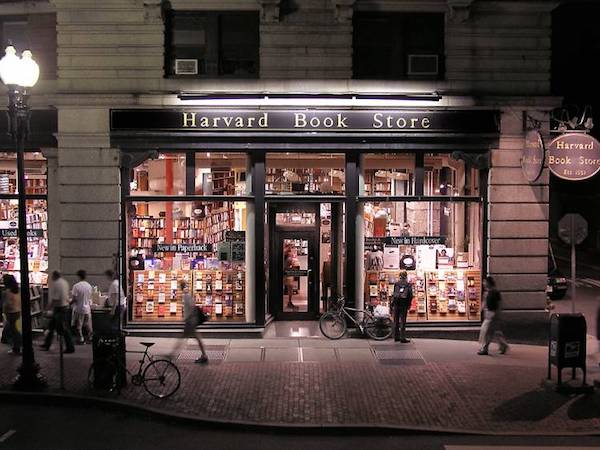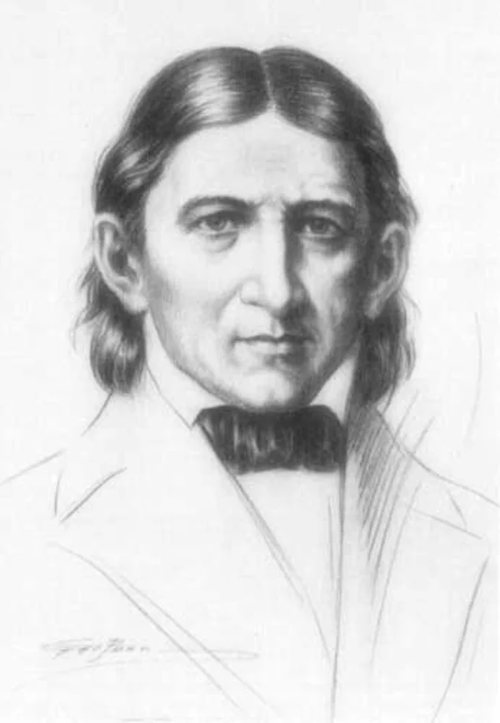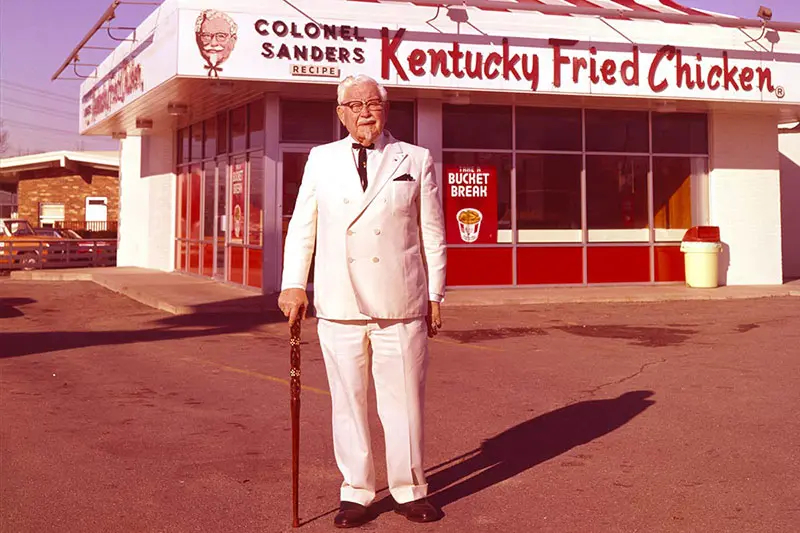
(quote)
In 1915, the Skaggs family owned a small grocery store in American Falls, Idaho. Originally owned by S. M. Skaggs, a Baptist minister, the store was opened to help provide for his family of 15 children. Shortly after the grocery was founded, it was purchased by one of Skaggs’s sons, Marion Barton Skaggs.
Marion Barton Skaggs, or M. B. as he was known, quickly developed an impressive business strategy. By keeping profit margins low and implementing a self-help system for shoppers to select their own groceries without the help of clerks, Skaggs was able to grow the business into 428 locations in over ten states by 1926.
That same year, M. B. Skaggs merged his chain of stores with 322 stores from another grocer, Sam Seelig Company, and incorporated the new company under the name Safeway, Inc.
In the early 1920s, banks began to offer consumer credit options with lessened requirements and interest rates to help stimulate the economy. Grocery stores adopted in-store credit which meant that customers were buying more food than they could actually afford to pay for, triggering an accumulation of debt for many families. Consumer credit also negatively impacted the lives of grocery store workers, who had to wait until enough customers paid their bills before they could be paid for their work.
The Skaggs family saw the negative effects that credit was having in their Idaho community. S. M. Skaggs believed the system made customers overly reliant on grocers. Skaggs implemented a “cash and carry” rule in his stores which meant that customers could only pay for goods with cash.
This philosophy is memorialized in the name that M. B. Skaggs chose for his growing grocery empire: Safeway. The name represented the family’s no-credit policy by suggesting to shoppers that purchasing goods with cash was the “safe way” to shop.
Their self-service model meant that shoppers could enjoy lower prices and help themselves to the products they wanted, rather than having everything behind a counter. Safeway was also one of the first grocery stores to implement selling produce and other goods by weight. In the 1930s Safeway also introduced sell-by dates on their products so customers knew how long each item had been on the shelf.
You’ve undoubtedly heard of Safeway before, considering it’s a major grocery store chain with more than 1,300 locations in 19 states and the District of Columbia. As a subsidiary of Albertsons, it ranks as the second-largest grocery store company in the country. Still, the retailer’s history is richer than you might realize.
Have you ever wondered why the California-based grocery chain is called “Safeway?” In the 1920s, leading up to the Great Depression, consumer credit expanded exponentially in the United States as the Fed lessened credit requirements and decreased interest rates with the aim to increase lending, grow money circulation, and stimulate the post-war economy (via Investopedia). As a result, consumers started to buy more goods than they could afford… Buying goods with cash instead of credit, shoppers only bought what they could pay for on hand, preventing them from going into debt as so many did in the Great Depression.
(unquote)
Image courtesy Marion S. Trikosko/Library of Congress






